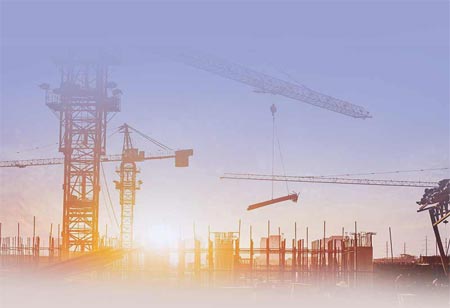Thank you for Subscribing to Construction Business Review Weekly Brief
Specials
- Apartment and Condominium Contractors Canada
- Decking Canada
- Architectural Glass Europe
- MEP APAC
- Construction Saudi Arabia
- German Apartment and Condominium Contractors
- Construction Law APAC
- Outdoor Construction
- Foundation Construction Canada
- MEP Canada
- Kitchen and Bath
- Cold Storage Construction APAC
- Precast Concrete Europe
- Construction Staffing Europe
- Pre-Construction Services
- Flooring System APAC
- Scaffolding Canada
- Swimming Pool Construction Canada
- Construction Management Canada
- Cold Storage Construction Canada
- Flooring Systems Europe
- Residential Construction
- Concrete Canada
- Construction Cladding Europe
- Construction Cladding APAC
- Concretes, Aggregates and Construction Materials APAC
- Concretes, Aggregates and Construction Materials Europe
- Commercial Contractors Europe
- Commercial Contractors APAC
- Dummy
- Construction Insulation, Coating and Waterproofing
- Construction Management APAC
- Landscaping Canada
- Construction Coating Europe
- Construction Tech Startups Europe
- Insulation Services Europe
- Mechanical Contractor Canada
- Mould Remediation and Testing Europe
- Swimming Pool Construction APAC
- Building Sealing Solutions Europe
- Construction Engineering Services
- Mechanical Electrical and Plumbing
- Roofing Systems Europe
- Architectural Glass APAC
- Startups APAC
- Construction Forensic and Owners Representative
- Flooring System
- Waterproofing APAC
- Wall Systems
- Safety and Compliance Europe
- Construction Bidding and Auctions
- Modular and Prefab Construction
- Architectural Glass
- Construction MENA
- Construction Demolition and Recycling Europe
- Modular Construction Europe
- Construction Interiors
- Steel Building APAC
- HVAC
- Doors and windows
- Construction Latam
- Building Information Modeling APAC
- Sustainable Construction APAC
- Building Restoration and Maintenance
- Commercial Contractors
- Specialty Construction
- Construction Engineering Canada
- Construction Engineering MENA
- Modular Construction Canada
- Modular Construction APAC
- Roofing and Siding Systems
- Workforce Management and Staffing
- Roofing Systems APAC
- Construction Consulting
- Steel Building Europe
- Construction Demolition and Recycling APAC
- Safety and Compliance APAC
- Concretes, Aggregates and Construction Materials
- Construction Cladding
Why Should You Consider ETFE as a Glass Alternative?
The lightweight substance known as ethylene tetrafluoroethylene, or ETFE, is a great substitute for glass.

By
Construction Business Review | Thursday, February 29, 2024
Stay ahead of the industry with exclusive feature stories on the top companies, expert insights and the latest news delivered straight to your inbox. Subscribe today.
ETFE has a long lifespan since it is unaffected by UV light, air pollution, and other environmental deterioration. The material is estimated to last more than 50 years, even though no ETFE structures have been in operation long enough to fully comprehend the life cycle.
Fremont, CA: The lightweight substance known as ethylene tetrafluoroethylene, or ETFE, is a great substitute for glass. ETFE is a commonly selected material for high light and UV transmission applications, like skylights, facades, and large-span roofing. It is sometimes seen as a more cost-effective alternative to glass roofing.
These six advantages demonstrate why ETFE is better than glass:
Safety:
ETFE has many advantages, one of which is its exceptional fire safety features. This is because it is regarded as a self-extinguishing material that prevents fire spread. The cladding will soften, melt, and shrink away from the affected region if flames or hot gases come into contact with it. This will leave a hole in the material, allowing smoke and gases to escape the building.
Controlling UV through Custom Printing:
The ability to regulate the penetration of UV light is another advantage of ETFE material. When the material is clear, it can be printed on or laser etched with unique designs and provides sufficient visibility. While preventing light from entering, these patterns—known as frit patterns—allow light to penetrate specific areas of the canopy walls.
Maintenance Requirements:
ETFE has a long lifespan since it is unaffected by UV light, air pollution, and other environmental deterioration.





